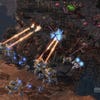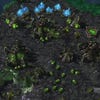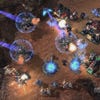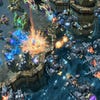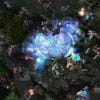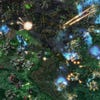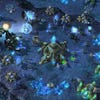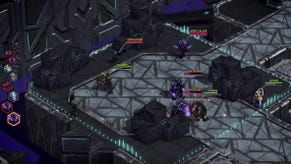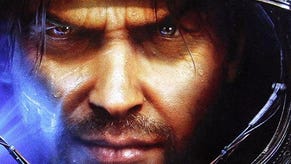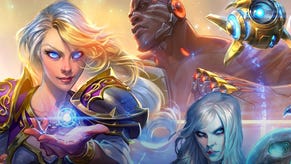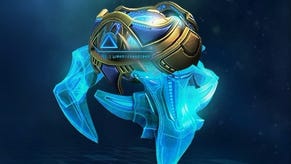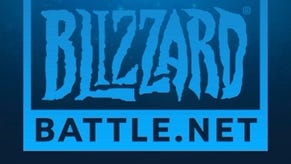StarCraft II: Wings of Liberty
The RTS takes flight.
The surprises, drama, cunning challenges and bold thrills keep coming. Execute lightning raids on speeding trains while dodging patrols; defend your base in panic against Zerg hordes by night, then cathartically pillage their infestation by day; strip back your building to the bare minimum as you race to raise mineral funds before a rival; take control of a lone Protoss hero in a tense, almost Diablo-esque flashback; choose whether to grimly purge Zerg-infested colonists or defend them against a merciless Protoss mothership. All that is from the game's first half.
There are 20 or so memorable hours here, but several times that in replay value across the five perfectly-pitched difficulty levels. The excellent Achievement design guarantees this, with three available for each level; one awarded for completing all primary and secondary mission objectives at any difficulty, and one specific challenge each for Normal and Hard modes, little problem-solving nuggets that can completely change the way each level plays. If you never venture beyond the campaign, you will find still Wings of Liberty a durable and rewarding challenge.
Virtually every one of the nearly 30 missions finds a novel twist on the familiar RTS litany, creating interesting tactical conundrums as well as gradually introducing you to the Terran units (including some you won't find in multiplayer) and surreptitiously tutoring you in the basics of StarCraft play. That they manage to spin suspenseful and exciting mini-adventures to boot - from the confines of that rigid isometric camera - is a miracle.
It's those irresistible Achievements that will eventually lure you out of the campaign's confines, though. A tempting breadcrumb-trail of points and rewards - under the non-threatening title "exploration" - leads you to the other StarCraft II: the one with the other two races available to play, the one that always starts with a blank canvass and a desperate lunge for resources, the one where you might be facing another player across the fog-of-war-shrouded map.
Many would say this is the real StarCraft, and overcoming new players' fear of it and its reputation as a harsh environment is an even bigger challenge for Blizzard's designers than reviving the art of the single-player RTS campaign. They're successful here too, if less resoundingly so.
There are multiple ways to ease yourself in to the game. Across nine tightly-scripted scenarios, with tiered Achievements for each, the Challenges pick up your StarCraft II meta-tutorial where the campaign left off. They teach effective unit counters, challenge your skills with the more advanced units, and teach efficient macro, micro (one Challenge has to be completed using hotkeys only) and rush defence techniques. They're stern but addictive, and it's only a shame there aren't more of them.
You can then test yourself in both single-player and co-operative skirmishes against AI before taking on a proper ranked multiplayer match - and even then, you can elect to do so in the Practice League. Here you play through 50 matches (which you can never repeat) with specially forgiving rules, and you should be matched only against other new players. (In the game's first week, you still had a chance of running into a seasoned veteran of the beta or the first StarCraft here, but unusually for a multiplayer game the Practice League should actually become a more welcoming environment with time.)
The options are there to build up a substantial body of experience and get comfortable with the game, and even if you're not entirely new to StarCraft, you will probably want to take them. The units are simple but numerous, and the three races are radically different to play. With many brand new units, and many substantially changed from their original forms, there's a lot to learn.

